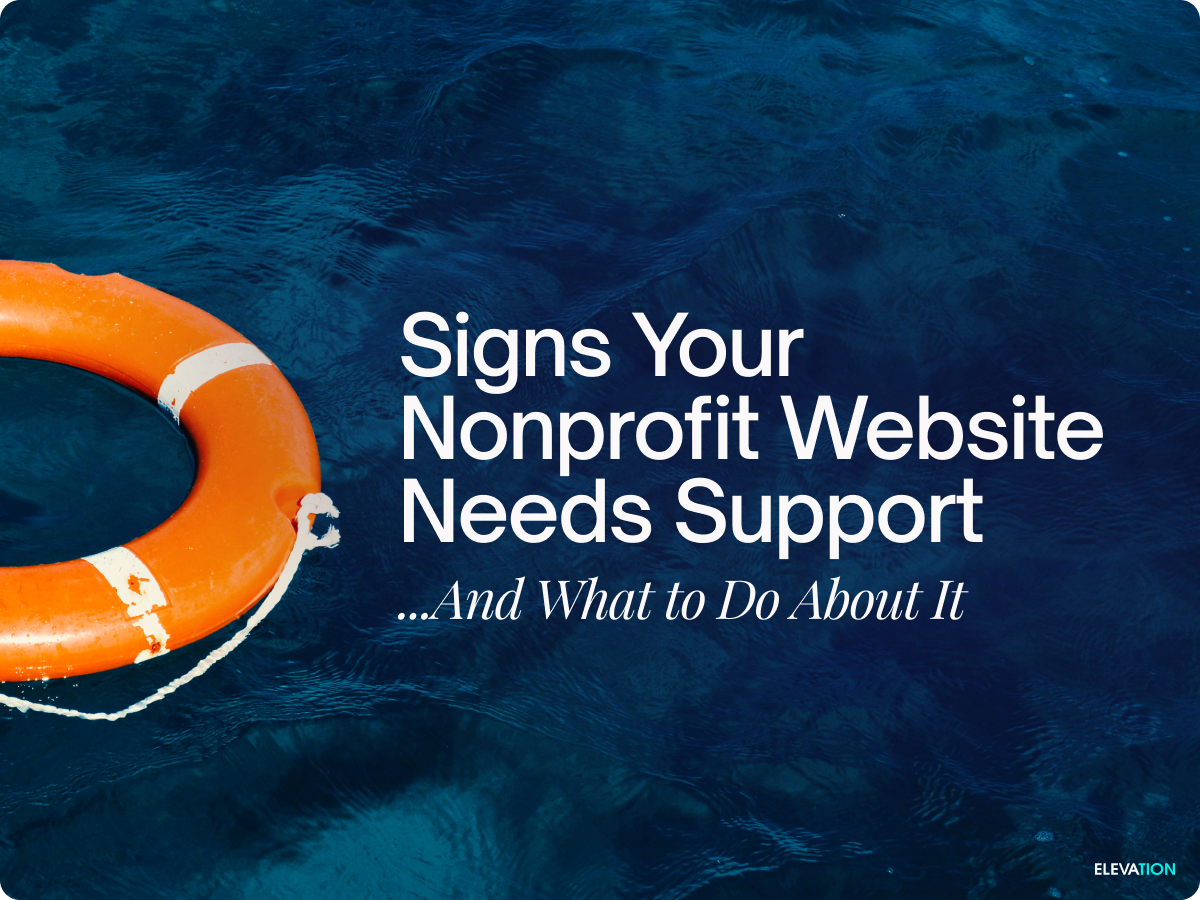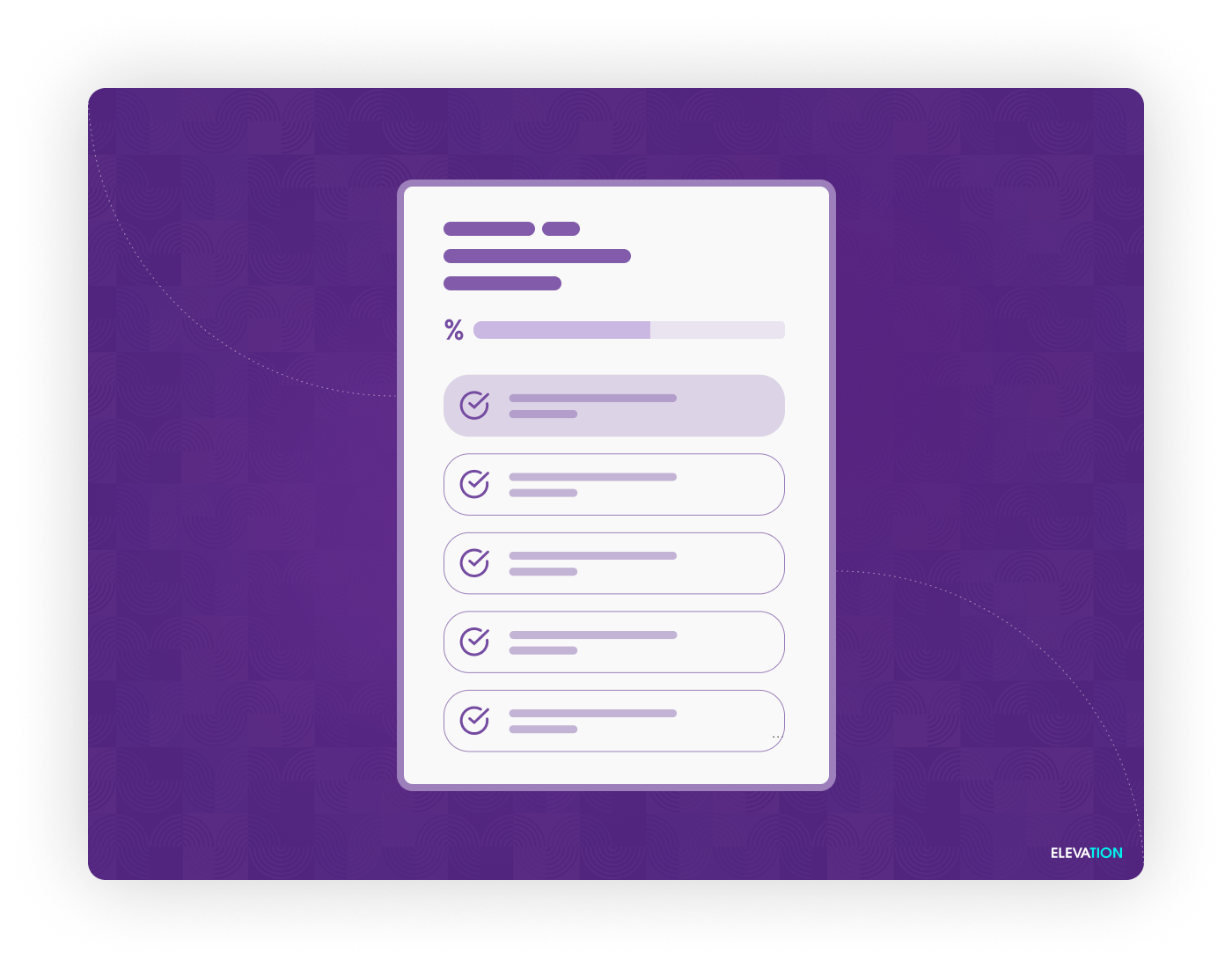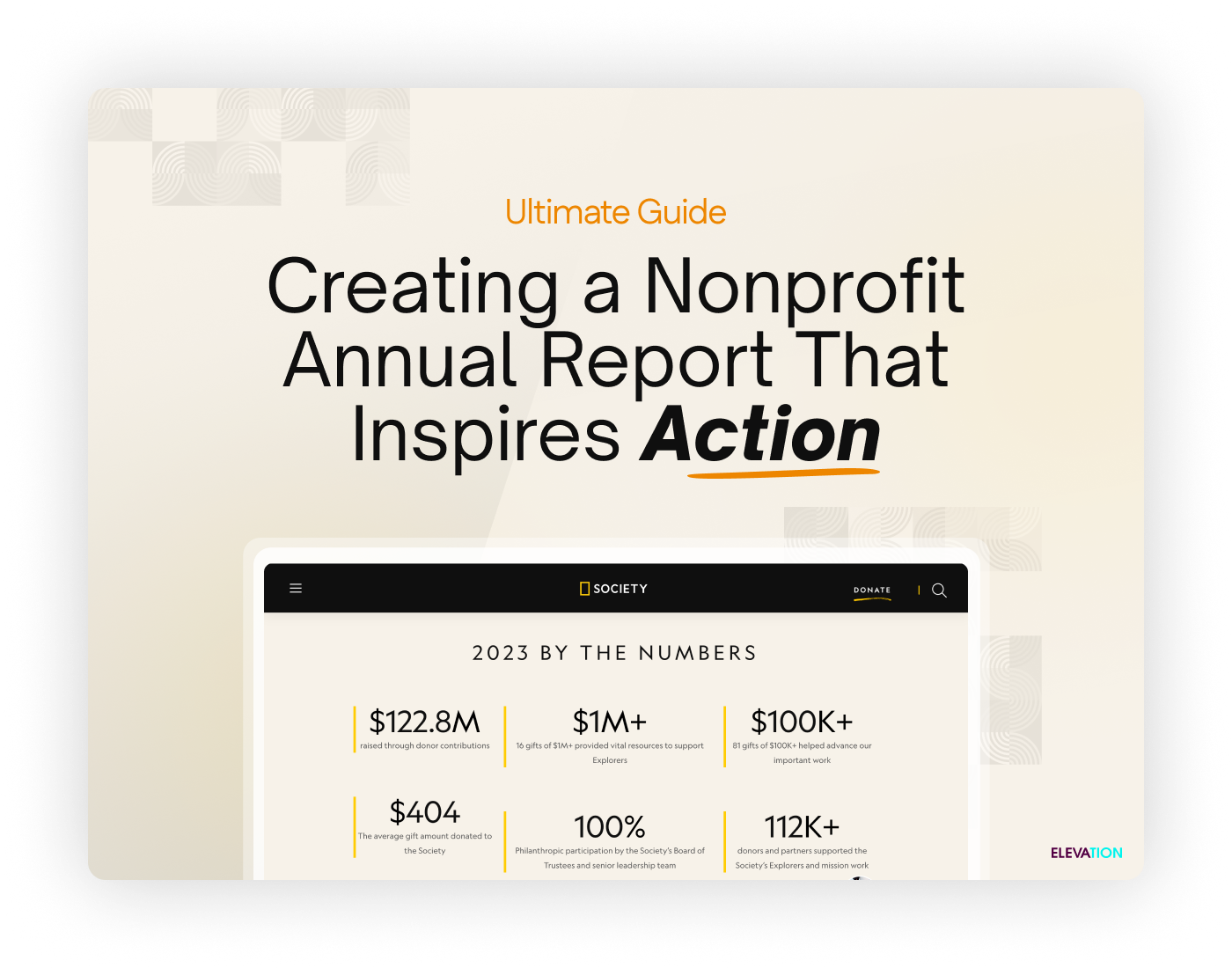To create brand awareness, attract loyal supporters, win over donors, and onboard new volunteers, nonprofit organizations invest in advertising. While the norm is to develop multiple campaigns each year, nonprofits rarely invest the same energy in choosing which channels they use to distribute that same content. These nonprofits are spending more money than they need to on marketing because they aren’t paying enough attention to how they deliver content.
Social media algorithms tend to make social media tricky for nonprofits; this is especially true of organic Facebook posts, which typically attract very small audiences. Two of the most practical workarounds for nonprofits looking to expand their reach are paid social and paid search advertising:
- Paid search tends to more cost-effective, namely because nonprofits have the opportunity to participate in Google Ad Grants, a $10,000 in-kind paid search advertising program from Google. The greatest advantage of Google Ad Grants is that they are infinitely renewable, although they do have a learning curve and take dedicated time each month to maintain. While the grant doesn’t offer an option to enable lookalike audiences, there is a workaround by exporting this audience from paid Google Ads and importing it into the Google Ad Grant.
- Paid social, primarily Facebook Ads, offers distinct benefits from paid search that may fit well with your marketing objectives depending on your organization’s present circumstances. Facebook Ads (which also includes Instagram) require more of a budget, but can be excellent for cause awareness. Like search you can target audiences using demographic segmentation and lookalike audiences, but there is no option to use keywords with paid social advertising.
Both platforms allow you to leverage demographic segmentation, upload contact lists, and include a donate CTA within the ad. The way to determine which platform will work best for you is to know how both work. Once you understand which audiences and goals can be served by each channel, you’ll be able to identify which platform most aligns with your nonprofit’s current objectives.
When to Work with Paid Search
Paid search is intent-based. It responds to a user’s actions; in this case, to the words or phrase that a user typed into Google search or another search engine. Your target audience has to take the first step to seek out information before your ad will display. The advantage of this is that ads are well-timed: they appear exactly when the user is most interested in learning more about the topic.
Another critical factor to note is that Google Ad Grants rely primarily on text ads, although some accounts are able to include images. This means that you don’t need to invest in high-quality videos or graphics, but yes in researching how your audience utilizes search. Also important to note is that Google Ad Grants will only reach audiences using Google search, and not those who utilize other search engines like Microsoft’s version that powers Yahoo search, Bing, or the pro-privacy DuckDuckGo.
There are several ways to take advantage of paid search options like Google Ad Grants. They include:
- When You Need to Grow Your Community – Paid search is an excellent way to find new audiences because you can connect with individuals based on the topics that interest them. While you can also refine your campaign based on geotargeting and other demographic filters much like you would with other campaigns, only paid search lets you use topics of interest to connect with new supporters. Most nonprofits want a wider audience to further their cause and help direct their mission, which is when they can should make the most of paid search.
- When You Need to Acquire New Volunteers – The Google Ad Grant helps many nonprofits to recruit volunteers that in turn give back enormous energy to the organization. Campaigns can target specialists and professionals ready to donate their expertise, or volunteers without a special skill set but the potential to be even more passionate about your cause than you are. The best way to get new volunteers on board is to have your program and contact information at the ready as soon as someone starts an internet search about becoming a volunteer.
- When You Need to Attract New Staff Members – Given how challenging it is to fund operation costs, most nonprofits have no budget for advertising open positions. Thankfully everyone is operating online these days, including potential new staff. Google Ad Grants is a renewable funding source that enables nonprofits to connect with potential new hires.
The benefits of free Google Ad Grants are long-term. They comprise supporters and beneficiaries you connect with month over month who will eventually become volunteers, advocates, and donors. With a little upfront invest to apply for the program and learn how to manage the requirements, you can gain access to monthly marketing funds that can be used for a variety of purposes, and our Comprehensive Guide to the Google Ad Grant can help you get started.
Understanding Paid Social Advertising for Nonprofits
Nonprofits typically invest in communications and marketing to engage their supporters with the best possible information. However, ensuring content reaches your community is a challenge in this world saturated with information. That’s why investing in paid social promotion is a practical and actionable approach to ensure you reach your target audience. The most popular social media platform remains, for the time being, Facebook. This makes Facebook Ads, which runs across many platforms, including Instagram, the best place to create impact with paid social media.
What You Get with Paid Social:
- Spotlight on Storytelling: Societal challenges affect us all one way or another, but most of us only pay attention when we connect with an individual story. Social media channels allow for the combination of different media, from video to photos and infographs, so that you can build story arcs that connect with your audience.
- Educational / Informational Campaigns: Society in general, or even the very people your nonprofit seeks to help, might not be aware of your cause. Your supporters will also periodically need to be re-engaged through stories of new challenges, opportunities, and triumphs. With paid social, you can highlight new issues, promote advocacy, propose new policies, and suggest new changemaker strategies. These kinds of campaigns draw more traffic to your website and attract donors, supporters, and volunteers.
- Brand Awareness: You want as many people as possible to know about your organization, and Facebook accounts for over 2 billion users worldwide. Facebook Ads can connect you with people who are similar to your current supporters and with whom your story is most likely to resonate. By highlighting your mission and values in front of this new audience, you can build a larger supporter base. A lookalike audience is also achievable using Google Ads, but not through the Google Ad Grant (unless you export your list from one account to the other).
So Between Paid Search and Paid Social, Which One Works for You?
As two of the most popular and results-oriented Search Engine Marketing (SEM) platforms, Google Ads and Facebook Ads can bring tremendous results to your nonprofit advertising campaigns. Either strategy requires a substantial time investment, although the outcomes and processes are slightly different.
While Google Ads may attract more traffic than donations, you’re not paying to promote ads through this program, making it a more budget-friendly option for many nonprofits. But Facebook Ads can also take your campaigns to new heights if you employ the right strategies, which means keeping in mind the changes Apple made to its privacy policy with the iOS14 update. A professional technical team can help you with the best techniques for ensuring that your Facebook advertising budget is used effectively. For most nonprofits, this means partnering with a nonprofit marketing agency rather than hiring for an in-house position.
Whether you want to build stronger relationships with your supporters, reach influential donors, or attract a wider audience, either advertising platform can be helpful in some way. As we’ve outlined in this article, your marketing goals, timeline, and target audience should dictate which one will work best for you.
Feel free to contact us if you need help developing your nonprofit marketing plan or to learn more about the Google Ad Grant program or Facebook Ads.



